Who are we to Umberto Nobile?
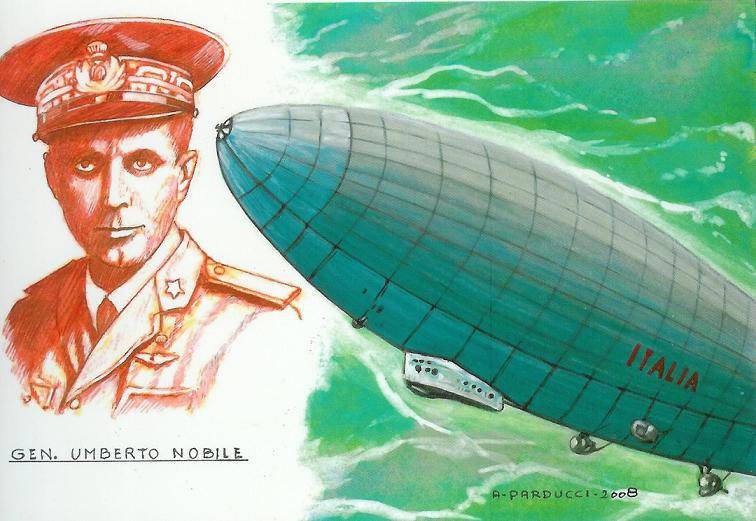
21 January 2015 marks one hundred and thirty years since the birth of Umberto Nobile, the airship's designer and explorer. Nobile was never just a desk worker - he designed the airships himself, built them himself and flew them. He worked in Italy, the USA and our country. The most famous achievement of Umberto, which brought truly world-wide fame to the designer, was the flight to the North Pole. For the first time the aircraft reached the geographic pole of the Earth.
The famous flight 11 of May 1926 began, when the airship "Norway", piloted by Umberto Nobile, was launched from Svalbard. Only the next day, at 1 hour 30 minutes, aeronauts reached the North Pole. Having dropped the national flags of the expedition participants on the ice, the airship circled over the cherished point and headed for Alaska.
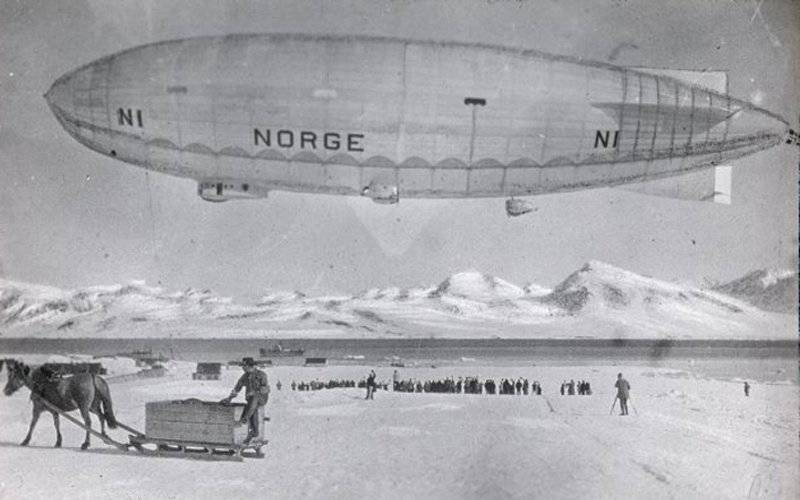
What was the aircraft that the polar explorers chose to carry out their bold design? Nobile airships had a semi-rigid structure. Such airships occupied an intermediate position between the soft and hard type of ships. In soft airships Nobile borrowed their main constructive element - ballonet, that is, a special gas-tight bag attached from the inside to the gas envelope. Air was forced into this bag under high pressure. As a result, the ship hull acquired the necessary shape. In the Nobile airships there were also hard elements. This is, first, the keel. Previously, the keel was a platform of steel pipes. Nobile replaced the platform with a triangular cross-section with a prismatic construction of steel trusses. Such a keel is much more resistant to deformation. Another tough element was the frames, which strengthened the bow and stern parts. Balonet in the form of a solid bag, laid in the entire length of the keel, provided the body with the missing strength.
To fill the balloon Nobile used an automatic air trapping device located in the bow of the ship. Depending on the external pressure, the pilot could regulate the pressure in the ballonet from the commander's gondola. The dirigible gas balloon was filled with hydrogen or helium. To avoid static imbalance during the ascent and descent of the vehicle, Nobile divided the balloon and the balloon into compartments with soft diaphragms. If there were no partitions, when lifting, for example, the bow of the ship, the gas filling the balloon would be directed upwards, and the air in the cylinder would be downward. A sharp redistribution of the masses could lead to the tilting of the airship or to its rise by a “candle”. In order to avoid strong pressure drops, small holes were made in the diaphragms of the gas cylinder and balloon.
General Umberto Nobile
The airship "Norway" had four gondolas: commander, two symmetrically located motor and stern. During the flight to the pole, one of the mechanics constantly had to check whether there was no frost on the airship hull and whether the upper valves were in good condition. Afterwards, Nobile recalled: “The task was not pleasant: you had to exit through a narrow door on the bow of the ship, climb up a steep steel ladder resting on the outer wall, and under a chilling wind that reached eighty kilometers per hour, making your way on all fours on the back of the airship on the other side, holding the rope with one hand. ”
The first flight to the pole was brilliant. Inspired by the success, Umberto Nobile immediately began to prepare the next expedition. He developed an extensive research plan for which he planned to use the airship with a slightly different design and in volume several times larger than Norway.
It was assumed that now in the crew will include scientists of different specialties. It was planned for some time to land a group of researchers on the ice. However, the fascists who ruled in Italy at that time did not need scientific research on the North Pole. Mussolini did not let the plans for building a new ship come true. And Nobile went on a dangerous journey on an airship called "Italy", which was completely identical to "Norway." In the spring of 1928, the airship "Italia" was launched from Svalbard. At first everything went well, the airship moved north.
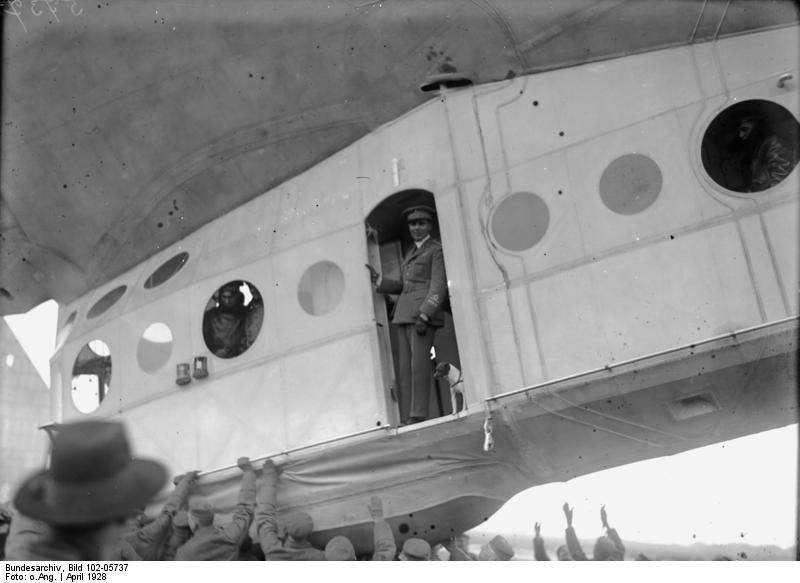
The expedition reached the pole, but was forced to abandon the landing: a strong gusty wind was blowing. Nobile sent the airship to the ground. Suddenly, the instruments showed a sharp drop in height. The crew did their best, but the ship sped uncontrollably down onto the ice. Nobile did not lose courage. Near the ice, he got to the control panel, replacing the desperate helmsman.
A minute later the ship hit the ice. The catastrophe was terrible: a stern mechanic was killed, several people, including Umberto Nobile, fell out of the gondola and were seriously injured. The people left on board were blown away by the wind. The epic of the expedition’s salvation is well known. In search of a crashed airship, several countries equipped rescue expeditions. During searches in the Barents Sea, the world-famous Norwegian polar explorer R. Amundsen died. Finally, the Swedish pilot picked up the half-dead Umberto Nobile. The remaining aeronauts were saved by the Soviet icebreaker Krasin, who managed to break through the ice.
Nobile's return to Italy was a nightmare for Nobile. The fascist government arranged a grim meeting for Umberto. Mussolini was beside himself with rage. Nobile was accused of deliberately failing the expedition. The designer was deprived of the general's title, and the print media, which had recently glorified him as a hero, organized a real persecution. This went on for five years, and then Nobile accepted the invitation and left for the Soviet Union.
In 1932, Nobile together with a group of specialists came to Dolgoprudny (more precisely, Dirigible Stroi). Here, during 4 years, he headed the design bureau where the first Soviet airships were created. The result of the collaboration of the Italian designer and domestic engineers were the B5 and B6 airships with a volume of 2340 cube. m and 19000 cube. m, respectively. All of these airships were branded Nobile semi-rigid construction.
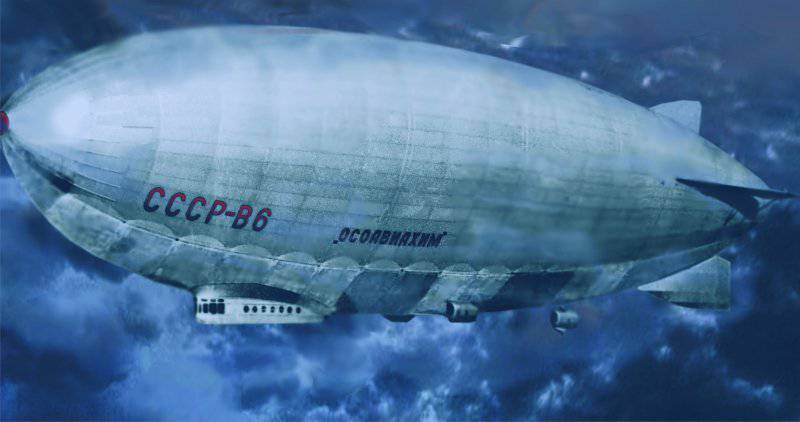
Here is what W. Nobile later wrote in his book “My Five Years with Soviet Airships” on the B6: “The B6 blimp could be considered as an improved version of the airship Italia, which until that time remained unsurpassed among the semi-rigid airships of a given volume. The Russian airship revealed superiority over its Italian prototype, both in form and in flight characteristics. Indeed, cruising speed was increased from 90 to 104 km / h. At the same time, the control gondola was increased to accommodate 20 passengers. In addition, although during the construction of the airship we were forced to use materials that were heavier than required, we were able to increase our payload capacity to 8.500 kg. It can be considered that the progress achieved was truly remarkable. Soviet engineers were very proud of this, and I was even more proud of seeing success, crowning out two years of work with a large number of difficulties encountered. ”
Undoubtedly, the 6 was the most advanced and largest Soviet dirigible. Therefore, in the 1936 year, it attempted to set a world record set by Norway in the 1936 year when flying to the North Pole. At that time, “Norway” spent an hour in the continuous flight of 71. Having departed 29 on September 1937 of the year from Dolgoprudny, the B-6 airship passed over Novgorod, Shuya, Ivanov, Kalinin, Bryansk, Kursk, Penza, Voronezh, Vasilsursky and landed in Dolgoprudny on October 4 1937 of the year. Thus, the B6 was in flight 130 hours 27 minutes. All records of non-stop flights of airships of that time were surpassed by the Soviet aircraft, designed by the famous Italian designer.
In 1936, Umberto Nobile left the Soviet Union for the United States. And only after the end of World War II, in 1945, did Umberto Nobile return to Italy. In the last years of his life, Umberto taught at the University of Naples. The way Umberto treated the USSR and the Soviet system allows us to give a definite answer to the fact that in 1946, Nobile ran for the Constituent Assembly of Italy as an independent candidate of the Italian Communist Party. Nobile died at the age of 93 in years in the 1978.
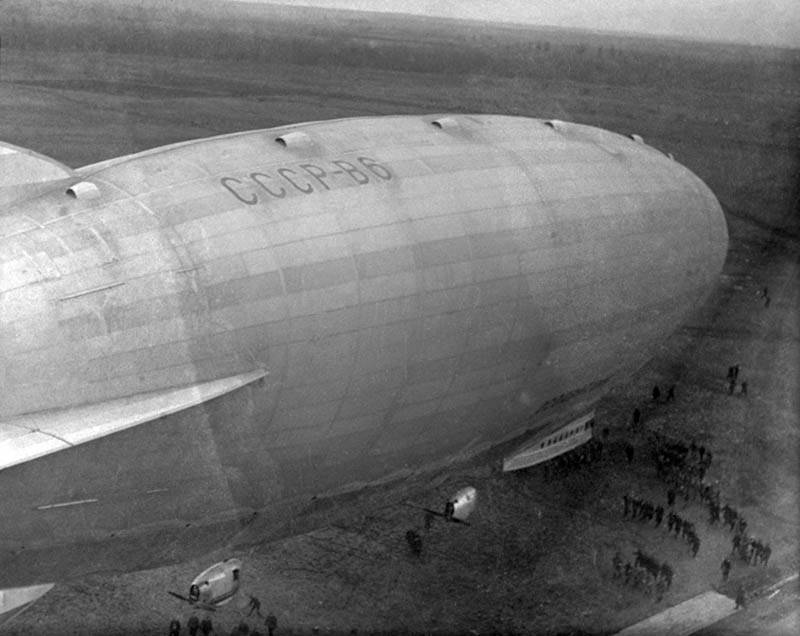
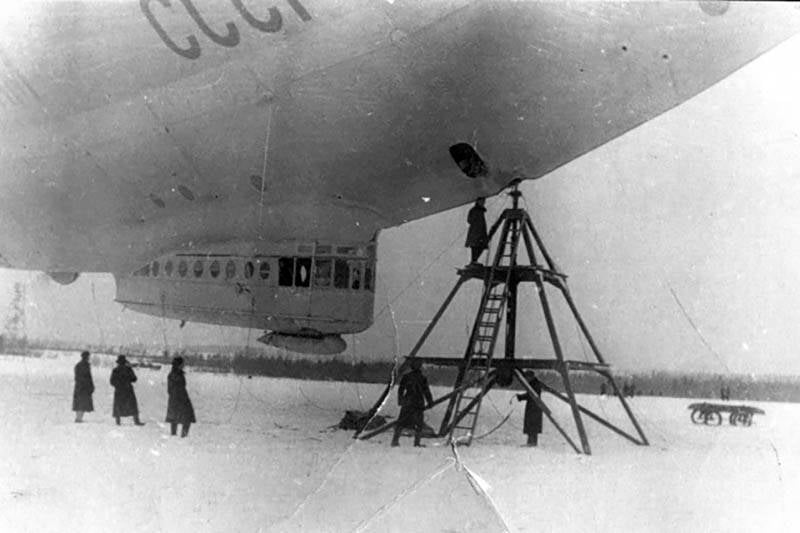
Sources:
Nobile U. My five years with Soviet airships.
Nobile U. Wings over the pole.
IR. 01.1985
Obukhovich V., Kulbak S. Dirigibles in the war.
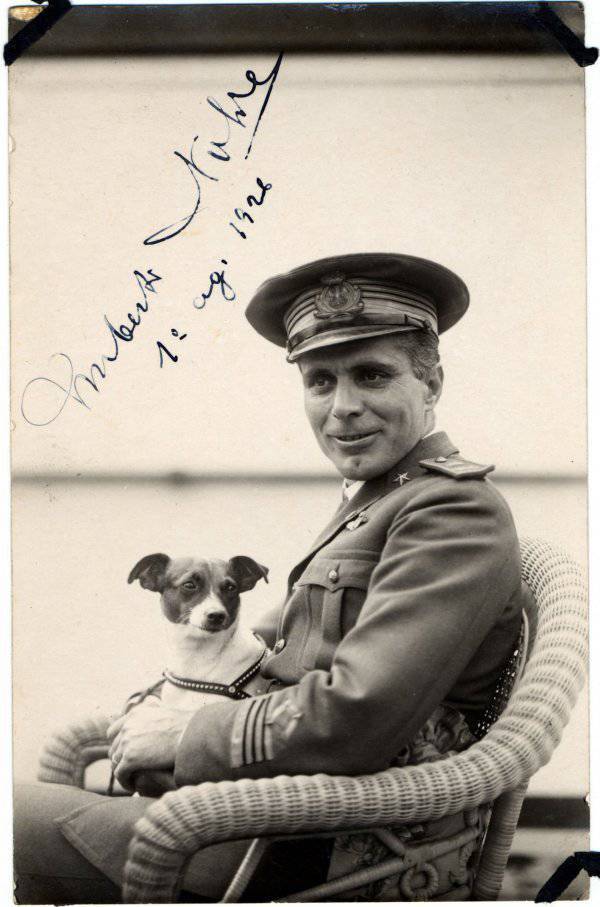
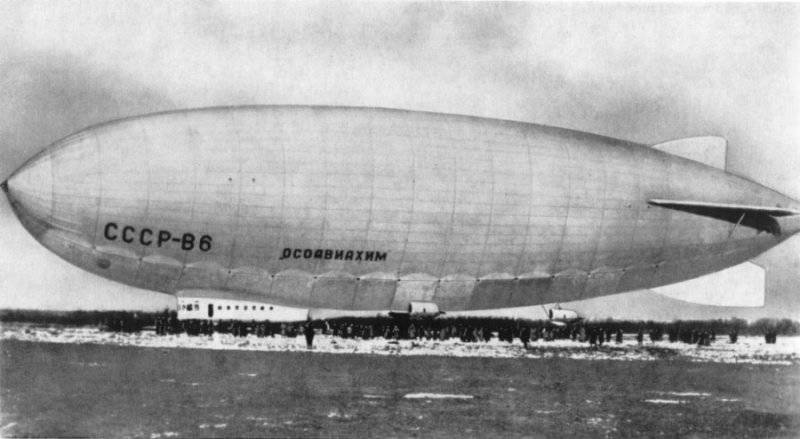
Information